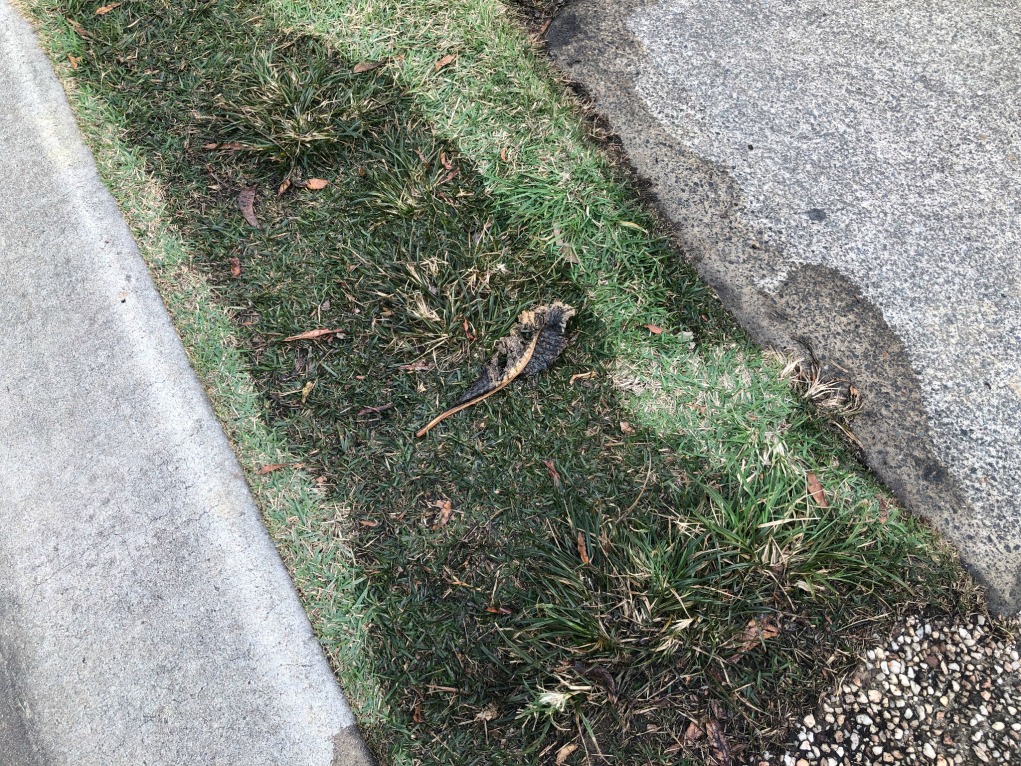Guide To Water Leak Detection In Your Home
Guide To Water Leak Detection In Your Home
Blog Article
Have you been searching for info about Locating water leaks?

Early discovery of dripping water lines can reduce a possible disaster. Some small water leakages might not be visible.
1. Analyze the Water Meter
Inspecting it is a guaranteed means that assists you find leaks. If it relocates, that suggests a fast-moving leak. This means you might have a slow leakage that can also be below ground.
2. Examine Water Usage
Evaluate your water expenses and also track your water consumption. As the one paying it, you should observe if there are any kind of disparities. If you find sudden changes, in spite of your intake coinciding, it implies that you have leakages in your plumbing system. Bear in mind, your water bill need to drop under the exact same range each month. An unexpected spike in your bill indicates a fast-moving leakage.
A consistent rise every month, even with the very same habits, shows you have a slow-moving leak that's additionally slowly intensifying. Call a plumber to completely inspect your residential or commercial property, particularly if you really feel a warm area on your floor with piping below.
3. Do a Food Coloring Test
When it involves water intake, 30% comes from bathrooms. Test to see if they are running properly. Decline flecks of food color in the storage tank and wait 10 minutes. There's a leak in between the tank and also bowl if the color in some way infiltrates your bowl throughout that time without flushing.
4. Asses Outside Lines
Don't fail to remember to check your exterior water lines as well. Examination faucets by attaching a yard hose. Needs to water seep out of the connection, you have a loosened rubber gasket. Replace this as well as make certain all links are limited. If you've got a sprinkler system, it will help get it expertly took a look at and maintained every year. One tiny leak can throw away lots of water as well as increase your water expense.
5. Check and Evaluate the Circumstance
Property owners ought to make it a practice to examine under the sink counters and also even inside cupboards for any type of bad odor or mold and mildew development. These 2 warnings show a leak so prompt attention is called for. Doing routine evaluations, also bi-annually, can conserve you from a significant problem.
Inspect for discolorations as well as weakening as the majority of pipelines and also appliances have a life expectancy. If you believe leaking water lines in your plumbing system, do not wait for it to rise.
Early detection of leaking water lines can reduce a possible catastrophe. Some little water leaks may not be visible. Inspecting it is a guaranteed method that helps you find leaks. One little leakage can lose heaps of water as well as spike your water costs.
If you believe dripping water lines in your plumbing system, don't wait for it to rise.
How to Know If Your Home Has a Hidden Leak
Water Meter Reveals Inexplicable Water Usage
If you’d like to test whether or not there’s a leak somewhere in your home, you can do this using your water meter. Here is how to conduct the test:
Don’t use any water in your home for at least 30 minutes; this also means not turning on faucets or water-using appliances.
Go outside, and check your water meter for activity.
If your water meter shows that there was activity, even though no one was using any water, this proves that there is a leak in your home.Visible Mold or Mildew Growth
Leaks behind walls create moist, dark environments that allow mold and mildew to grow and thrive. Eventually, you might see mold growth forming on the wall closest to a hidden leak.
If mold is growing in an area that receives a high amount of moisture, such as a bathroom, it may simply be an indication that better ventilation is needed. However, if you see mold growth on a wall or the ceiling in an area where you would not expect, you probably have a hidden leak.
Musty, Mildew Odor
Sometimes you might not be able to see the mold or mildew that is growing as a result of a leak. However, the smell can give the problem away just as easily. If you catch a whiff of something musty, there’s a good chance that old water is collecting somewhere in your home that you can’t see.
Stained/Warped Walls, Ceilings, or Floors
When your home soaks up water, a variety of red flags can become visible, including ceiling stains, bubbling drywall, warped walls, and sagging floors. While these issues can be caused by excess humidity, they can also be signs that a pipe or plumbing connection has started leaking behind your walls.
Inexplicably High Water Bill
After a while, you get a general sense for what your water bill should be. If you own a pool or sprinkler system, your bill will tend to be higher during summer. However, if you receive a water bill that seems especially high, and you can’t figure out what caused it, then you may have a hidden leak somewhere that’s increasing your bill.
https://www.plumbingjoint.com/blog/2019/july/how-to-know-if-your-home-has-a-hidden-leak/

We were made aware of that report about Leaking water lines from an acquaintance on another domain. Do you know anybody else who is intrigued by the topic? Please feel free to promote it. Thank you for your time. Visit again soon.
Report this page